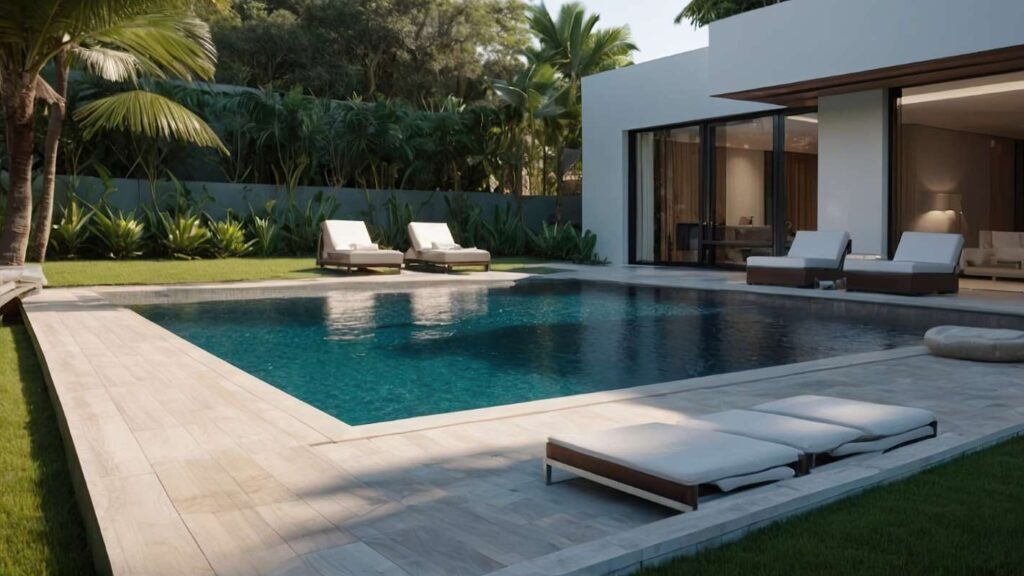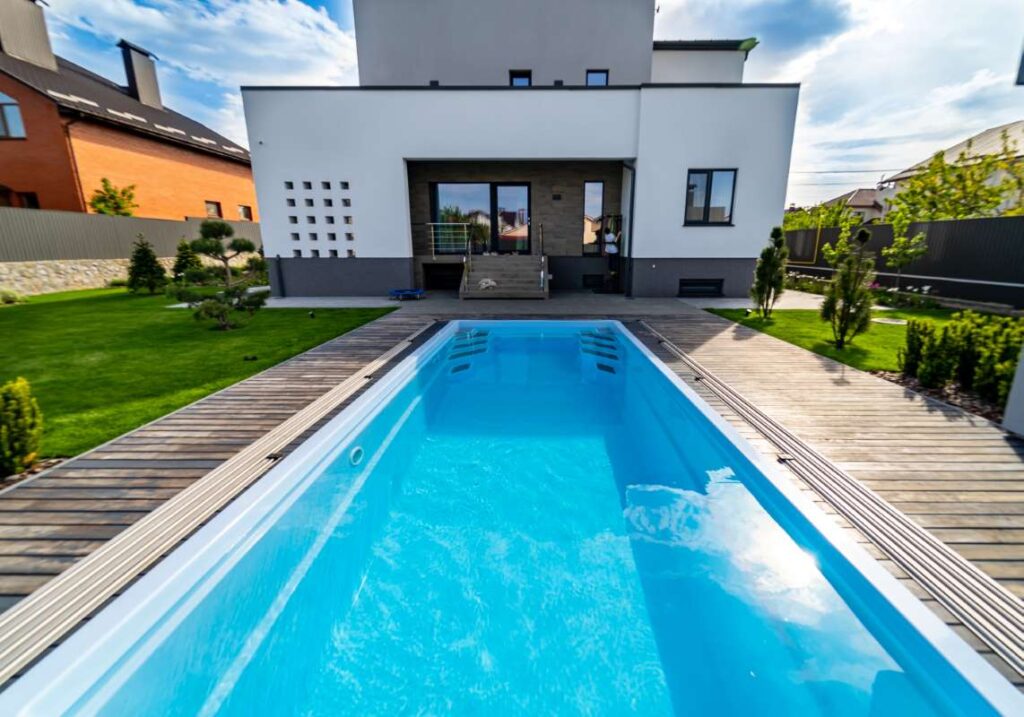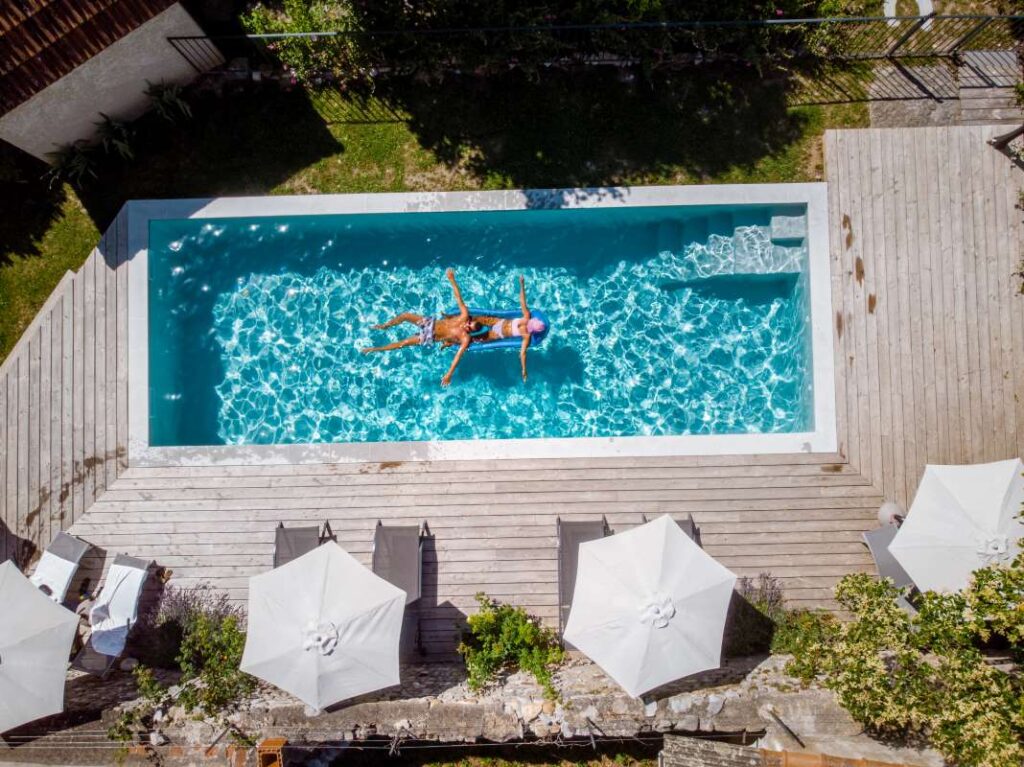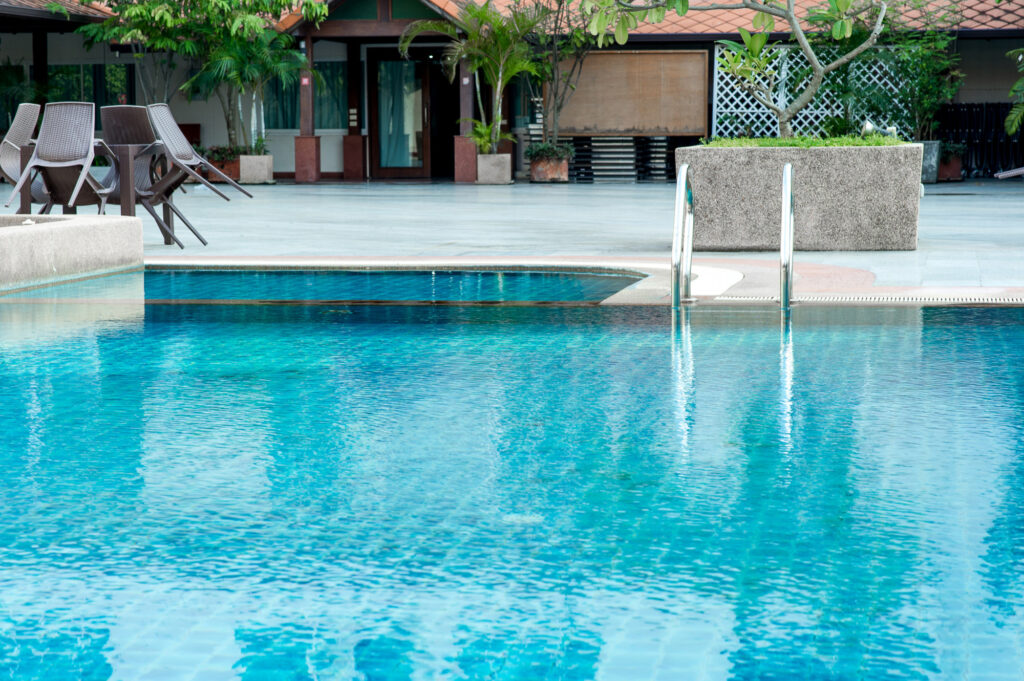Reducing Chemical Dependency with UV and Ozone Systems
Discover how UV and ozone systems can significantly reduce chemical dependency in water treatment, benefiting both health and environment.
This blog post explores the innovative technologies of UV and ozone systems in water treatment, emphasizing their role in reducing chemical dependency. As environmental concerns grow, these systems present a sustainable alternative for maintaining water quality. We’ll discuss how they work, their benefits over traditional chemical methods, and their practical applications across various industries.
Introduction
Water quality is a critical concern in various sectors, from municipal water systems to recreational facilities like pools. Traditionally, maintaining water clarity and safety has relied heavily on chemical treatments, which can pose health risks and environmental concerns. However, advancements in technology have introduced effective alternatives, such as ultraviolet (UV) light and ozone systems. These systems not only enhance water quality but also significantly reduce the reliance on harsh chemicals. This article will delve into the mechanisms, advantages, and practical applications of UV and ozone systems, illustrating their importance in modern water treatment.
Understanding UV and Ozone Systems
Before discussing their benefits, it’s essential to understand how UV and ozone systems operate. Both methods utilize natural processes to treat water effectively:
- UV Systems: These systems employ ultraviolet light to disinfect water. When water passes through a UV chamber, the light penetrates pathogens, rendering them inactive. This method is effective against bacteria, viruses, and other microorganisms.
- Ozone Systems: Ozone (O3) is a powerful oxidizing agent. In water treatment, ozone is generated on-site and dissolved in water, where it reacts with contaminants. This process not only disinfects but also breaks down organic matter, making it a dual-action treatment.
The Advantages of Using UV and Ozone Systems
Switching to UV and ozone systems offers numerous advantages over conventional chemical treatments:
- Health and Safety: Chemical treatments often involve substances like chlorine, which can produce harmful byproducts. UV and ozone systems eliminate pathogens without leaving residual chemicals, resulting in cleaner, safer water.
- Environmental Impact: Reducing chemical usage minimizes the risk of chemical runoff into local ecosystems. This is particularly significant in areas where water quality affects wildlife and plant life.
- Cost-Effectiveness: Although the initial investment for UV and ozone systems may be higher, the long-term savings in chemical purchases and maintenance costs can be substantial. Additionally, many systems have lower operational costs due to energy efficiency.
- Ease of Use: These systems require less frequent monitoring and adjustment compared to chemical treatments, simplifying water management for operators.
Practical Applications of UV and Ozone Systems
The versatility of UV and ozone systems enables their application across various fields:
1. Residential and Commercial Pools
In the pool industry, maintaining crystal-clear water while minimizing chemical usage is vital. Many pool service providers now offer pool routes for sale that include UV and ozone systems as part of their service. These systems not only improve water quality but also appeal to health-conscious consumers.
2. Drinking Water Treatment
Municipal water systems increasingly adopt UV and ozone technologies to ensure safe drinking water. By reducing the chemical burden, these systems provide a sustainable solution that meets regulatory standards while promoting public health.
3. Wastewater Treatment
In wastewater treatment facilities, ozone systems are used to break down organic pollutants and disinfect effluent before discharge. The use of ozone not only improves the quality of water released into the environment but also enhances the overall efficiency of wastewater processing.
4. Food and Beverage Industry
In food processing, UV systems are employed to sanitize water used in production, ensuring that products remain free from harmful pathogens. The reduced chemical usage aligns with the industry’s push towards cleaner, more sustainable practices.
Challenges and Considerations
Although UV and ozone systems offer numerous benefits, they also come with challenges that need to be addressed:
- Initial Costs: The upfront investment for installation can be a barrier for some businesses. However, considering the long-term savings, many find it a worthwhile investment.
- System Maintenance: While generally low-maintenance, UV lamps require periodic replacement, and ozone generators need regular monitoring to ensure optimal performance.
- Efficiency Factors: The effectiveness of ozone systems can vary based on water quality, temperature, and pH levels, necessitating a careful assessment before implementation.
Expert Opinions on Reducing Chemical Dependency
Industry experts increasingly advocate for the adoption of UV and ozone systems in water treatment. According to Dr. Jane Smith, a renowned environmental scientist, “Transitioning to UV and ozone technologies is not just a trend; it’s a necessary shift towards sustainable water management. By embracing these systems, we can protect public health and the environment simultaneously.”
This perspective is echoed by many in the pool service industry, especially those looking to expand their operations sustainably. Superior Pool Routes, for instance, emphasizes the importance of integrating modern technologies like UV and ozone systems into their offerings, aligning with the growing demand for chemical-free solutions.
Best Practices for Implementing UV and Ozone Systems
To maximize the benefits of UV and ozone in water treatment, consider the following best practices:
- Conduct a Thorough Assessment: Evaluate current water quality and treatment practices to determine the best fit for UV or ozone systems.
- Invest in Training: Ensure that staff are well-trained in operating and maintaining these systems to achieve optimal performance and longevity.
- Regular Monitoring: Implement a routine monitoring schedule to ensure that systems are functioning effectively and water quality remains within desired parameters.
- Stay Informed: Keep abreast of advancements in UV and ozone technology to leverage new improvements and innovations.
Conclusion
Reducing chemical dependency in water treatment is not only a matter of regulatory compliance but also a vital step towards a more sustainable future. UV and ozone systems represent a promising solution, offering significant advantages in health, environmental impact, and operational efficiency. As industries look to minimize their chemical footprint, these technologies will play an increasingly pivotal role.
To explore how you can integrate UV and ozone systems into your water treatment processes or to learn more about starting your own pool service route with sustainable practices, visit Superior Pool Routes today. Join the movement towards healthier, chemical-free water management!



